Novastar MRV210-4 Receiving Card For Rental LED Display Maintenance
Features
1) Single card outputs 16-group of RGBR 'data;
2) Single card outputs 24-group of RGB data;
3) Single card outputs 20-group of RGB data;
4) Single card outputs 64-group of serial data;
5) Single card supported resolution 256x226;
6) Configuration file read back;
7) Temperature monitoring;
8) Ethernet cable communication status detection;
9) Power supply voltage detection;
10) High gray-scale, high-refresh rate, and high and low brightness mode refresh;
11) Pixel-by-pixel brightness and chromaticity calibration and brightness and chromaticity calibration coefficients for each LED;
12) Comply with EU RoHs standard;
13) Comply with EU CE-EMC standard.
Improvements to Display Effect
Pixel level brightness and chroma calibration Working with Nova LCT and Nova CLB, the receiving card supports brightness and chroma calibration on each LED, which can effectively remove color discrepancies and greatly improve LED display brightness and chroma consistency, allowing for better image quality. 3D function Working with the sending card that supports 3D function, the receiving card supports 3D image output.
Improvements to Maintainability
Setting of a pre-stored image in receiving card The image displayed on the screen during startup, or displayed when the Ethernet cable is disconnected or there is no video signal can be customized. Temperature and voltage monitoring The receiving card temperature and voltage can be monitored without using peripherals.
Cabinet LCD
The LCD module of the cabinet can display the temperature, voltage, single run time and total run time of the receiving card. Configuration parameter read back. The receiving card configuration parameters can be read back and saved to the local computer.
Improvements to Reliability
Loop backup
The receiving card and sending card form a loop via the main and backup line connections. If a fault occurs at a location of the lines, the screen can still display the image normally.
Dual backup of the application program
Two copies of the application program are stored in the receiving card at the factory to avoid the problem that the receiving card may get stuck due to program update exception.


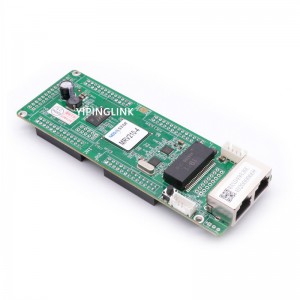
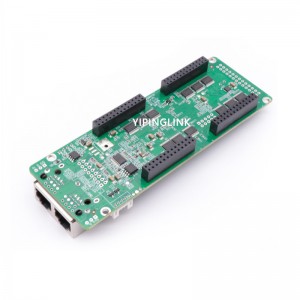

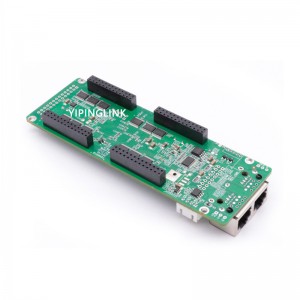
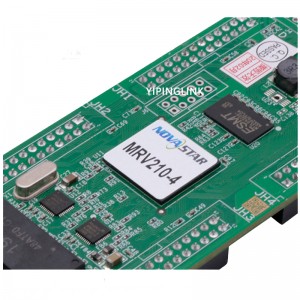
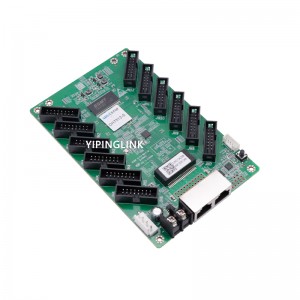
-300x300.jpg)
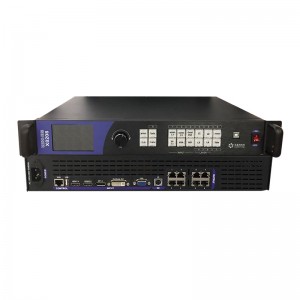
-300x300.jpg)
-300x300.jpg)




